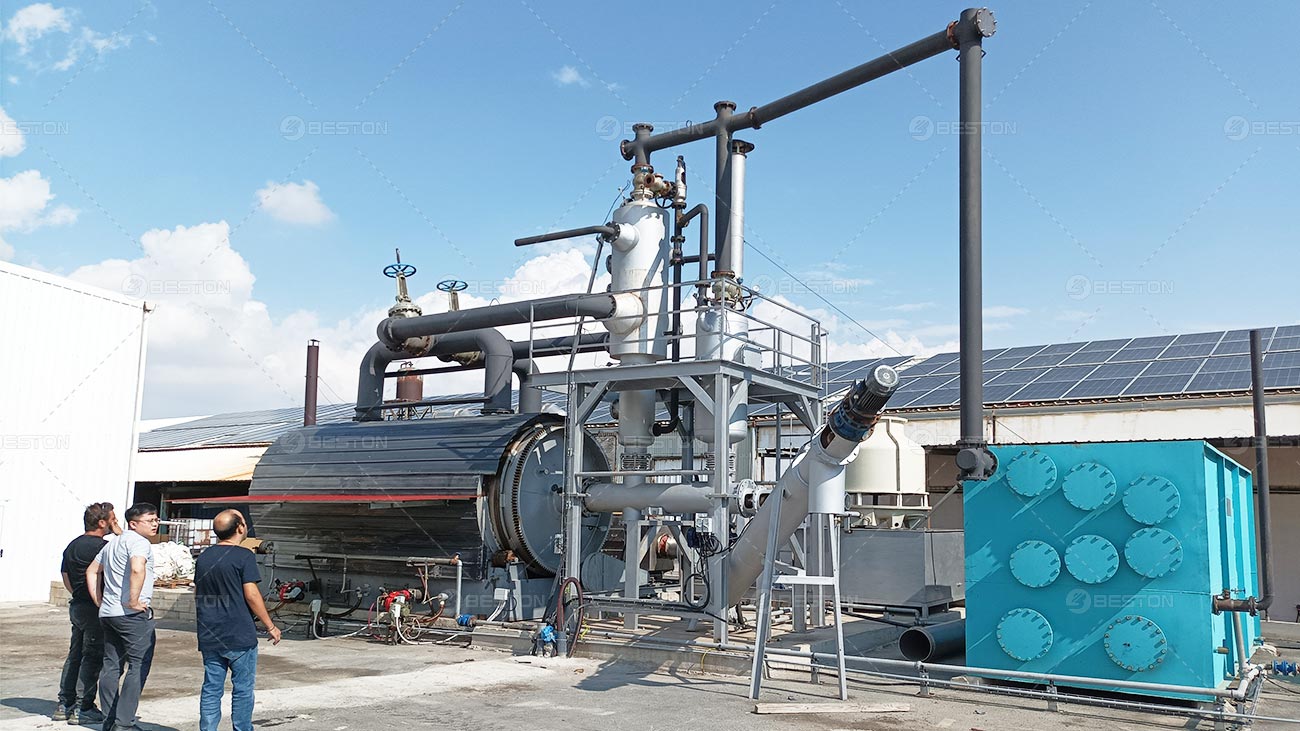In the quest for sustainable solutions to combat the looming environmental crisis, innovative technologies are emerging to revolutionize traditional waste management practices. Among these, pyrolysis oil plants stand out as game-changers, offering a promising avenue for transforming recycling methods and addressing the pressing issue of waste disposal.
Understanding Pyrolysis
Pyrolysis, a thermal decomposition process, involves the transformation of organic materials into valuable products in the absence of oxygen. This ingenious technique breaks down various waste materials such as plastics, rubber, and biomass into useful by-products, including pyrolysis oil, char, and gas. Unlike conventional recycling methods, pyrolysis offers a more efficient and eco-friendly approach to managing waste while minimizing environmental impact.
The Rise of Pyrolysis Oil Plants
Pyrolysis oil plant has gained significant traction in recent years as viable solutions for converting waste into energy and valuable resources. These facilities utilize advanced pyrolysis technology to process diverse feedstock, ranging from plastic waste and discarded tires to agricultural residues. By harnessing the power of pyrolysis, these plants can generate high-quality bio-oil, which serves as a renewable energy source with numerous industrial applications.

Environmental Benefits
One of the primary advantages of plastic/tyre to oil recycling process lies in their environmental benefits. By diverting waste from landfills and incinerators, these facilities help mitigate pollution and reduce greenhouse gas emissions. Furthermore, the production of pyrolysis oil displaces the need for fossil fuels, contributing to carbon emissions reduction and fostering a transition towards a more sustainable energy ecosystem.
Economic Opportunities
Beyond its environmental implications, the adoption of tyre/plastic/oil sludge treatment presents lucrative economic opportunities. These facilities not only provide a cost-effective method for waste disposal but also generate revenue streams through the sale of pyrolysis oil and other by-products. Additionally, the production of renewable energy contributes to energy security and fosters economic growth in local communities.

Challenges and Solutions
While pyrolysis oil plants offer immense potential, they are not without challenges. One notable concern is the need for efficient feedstock management to ensure optimal plant performance and product quality. Additionally, regulatory frameworks and public perception play crucial roles in shaping the widespread adoption of pyrolysis technology. To overcome these obstacles, stakeholders must collaborate to develop comprehensive policies and promote awareness about the benefits of pyrolysis oil plants.
Future Outlook
Looking ahead, the future of recycling is undoubtedly intertwined with the widespread implementation of pyrolysis oil plants. As technology continues to evolve and efficiencies improve, these facilities will play an increasingly vital role in waste management strategies worldwide. Moreover, advancements in pyrolysis research hold the promise of unlocking new applications and expanding the scope of sustainable resource recovery.
Conclusion
In conclusion, the emergence of tyre/plastic pyrolysis plant represents a paradigm shift in recycling methods, offering a transformative approach to waste management. By harnessing the power of pyrolysis, these facilities are not only mitigating environmental pollution but also unlocking economic opportunities and driving the transition towards a circular economy. As we navigate the challenges of the 21st century, embracing innovative technologies like pyrolysis oil plants is essential for building a more sustainable and resilient future.